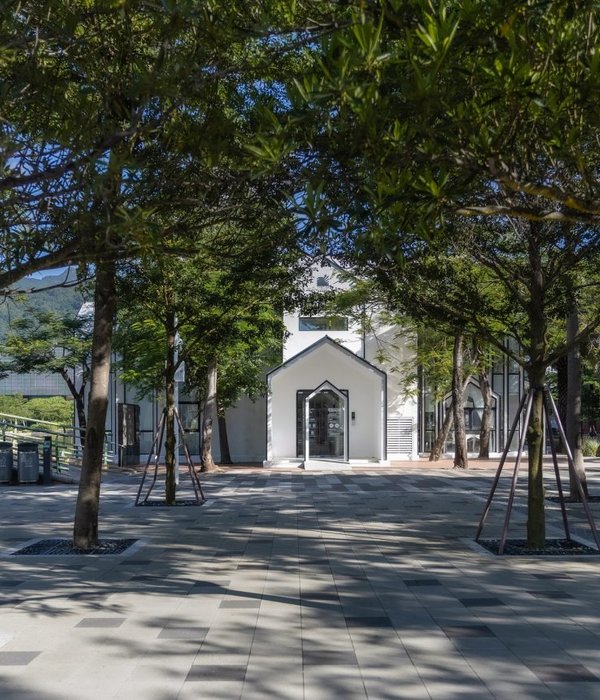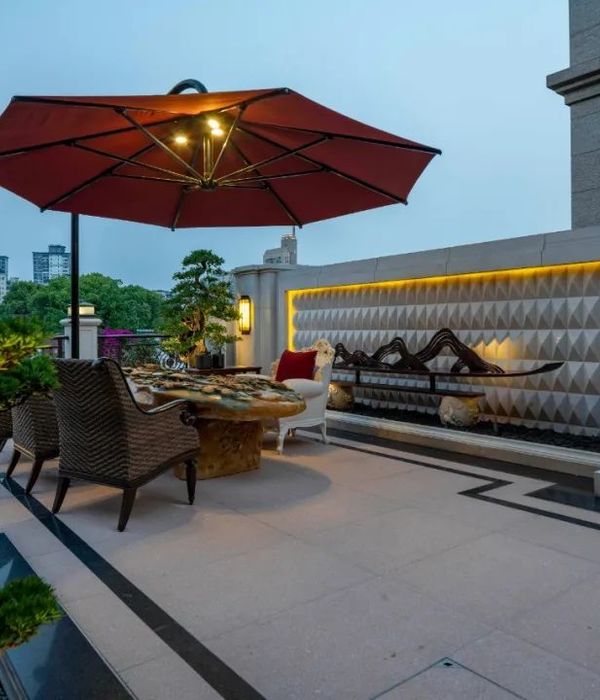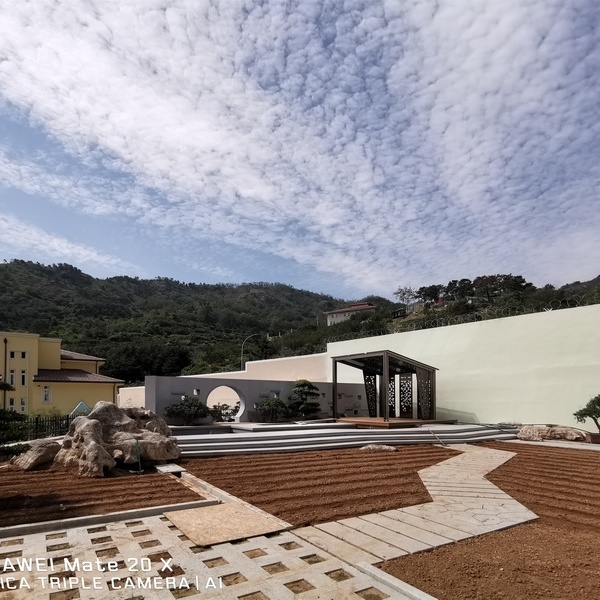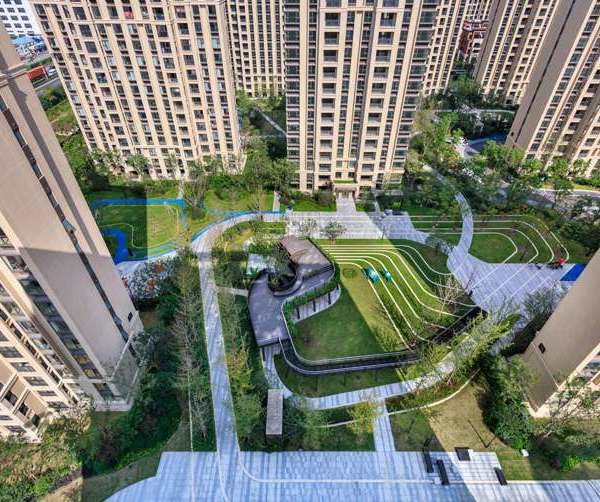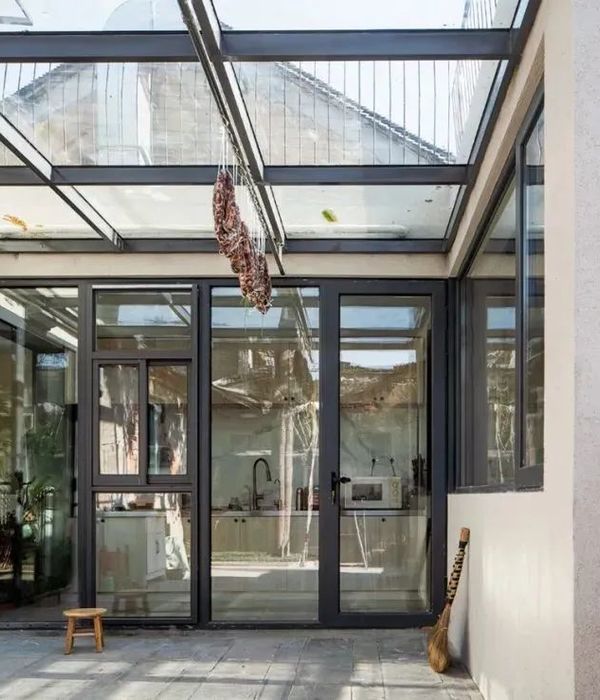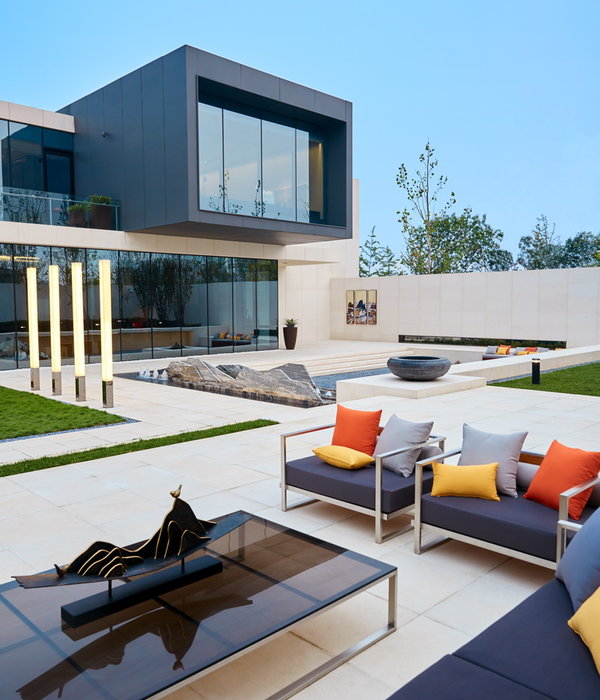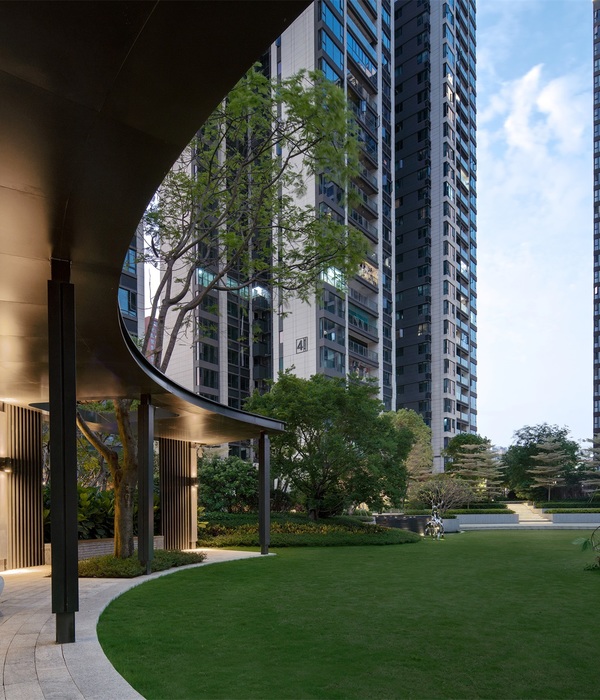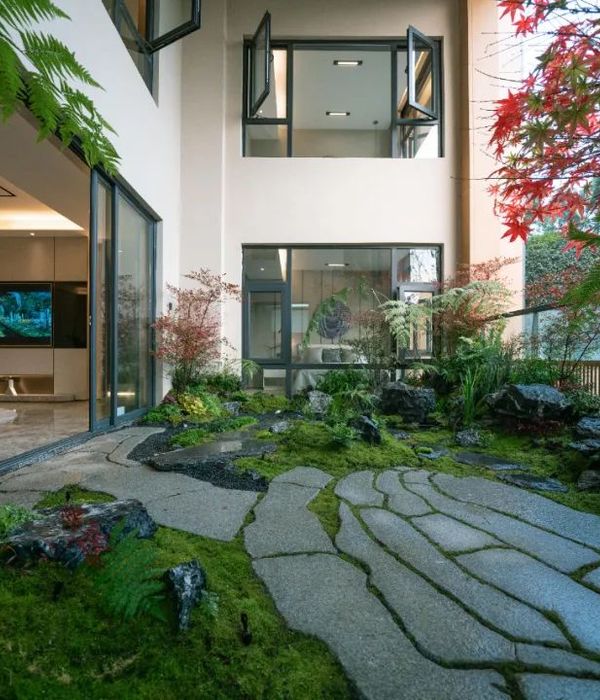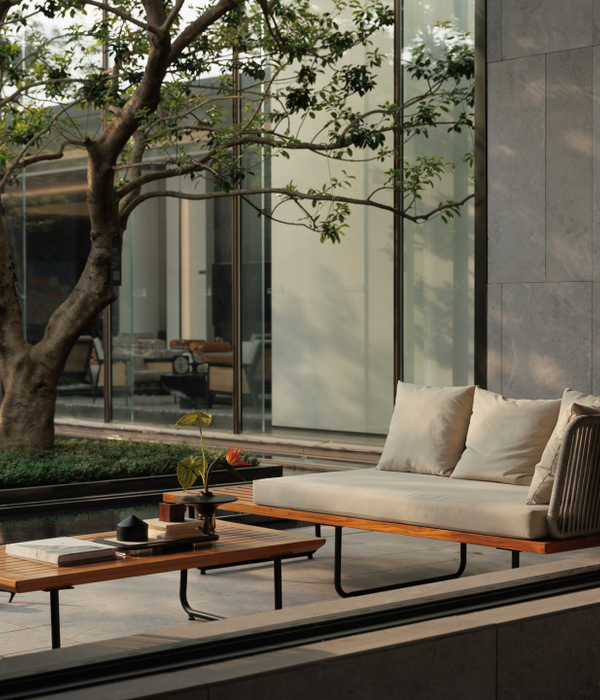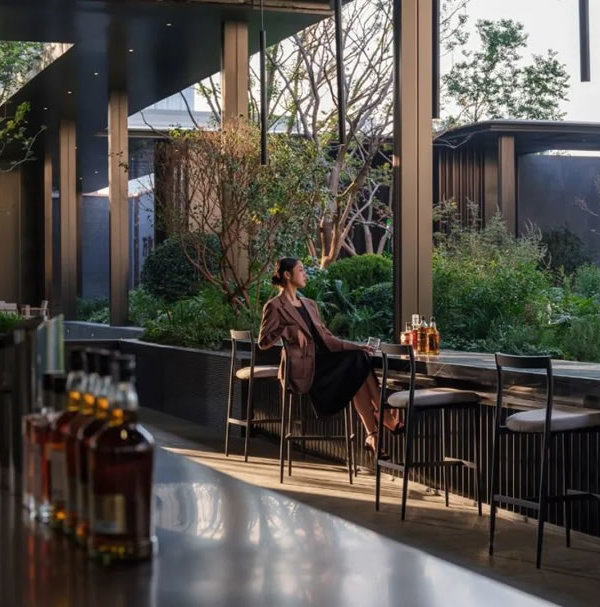The old Waterlandplein in North Amsterdam has been given a completely new look. The Architekten Cie has been responsible for the urban planning, consisting of three blocks with two layers, which will function as the plinth course for another nine high residential towers of various heights. Atelier PRO has been asked to design the plinth course and one of the residential towers, and in addition to design the roofs of the lower buildings. Due to their deviating position and function, the roofs have been given various interpretations.
The roof of block 1 has been arranged according to a concept inspired by the image of a meandering river in a polder landscape. A tight pattern of 7.5 meter wide strips with two sorts of planting, also called rotations, is interrupted by an organically formed flowerbed. During the process, the river has turned into a ‘hairy creature’ with an aura of spring flowers.
For block 2, both the Renaissance garden and the Japanese garden have served as a model. Except for the communal terrace of one of the towers, this garden is only meant to be admired. The garden has various forms of appearance. Seen from the lower floors, the garden is mainly a green oasis. Seen from the higher floors, the cut out ‘ditches’ of gravel also become visible. The trees, which at first sight seem to have been planted in a random pattern, have a raised covered foot with a diameter of about 6 meters. Where the trees stand, the (winter) green strips fan out in a greater circle. They look like discharging circles in water. In the areas with gravel, the ventilation grilles for the car parks below have been concealed. In the evening, the blue light of the car parks shines through it, as if a swimming pool lies below.
The second floor of block 3 forms the entrance to 11 maisonettes. Coming from the Tower C hall, visitors who arrive here for the first time experience a ‘wow’ moment; the same surprising experience of peace when one passes through the gate of an almshouse. A place where the young inhabitants of the maisonettes can play in peace and quiet. The terraces of the housing units border the common garden. The green strips and trees provide a green atmosphere to the roof and function as a buffer.
A sun study has been carried out to be able to plant and materialize the design in a realistic manner.
{{item.text_origin}}


